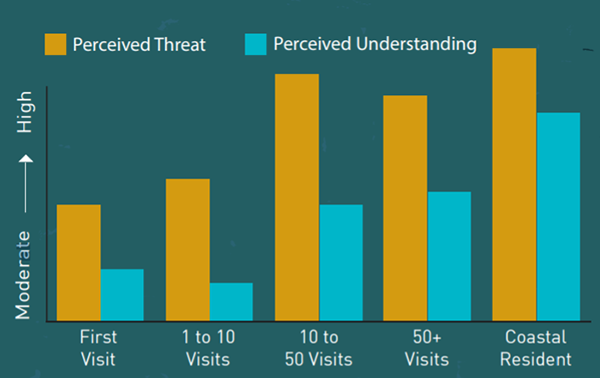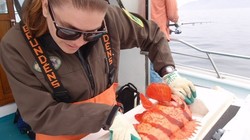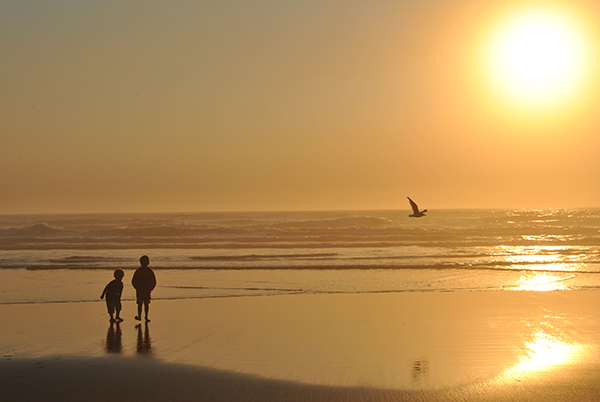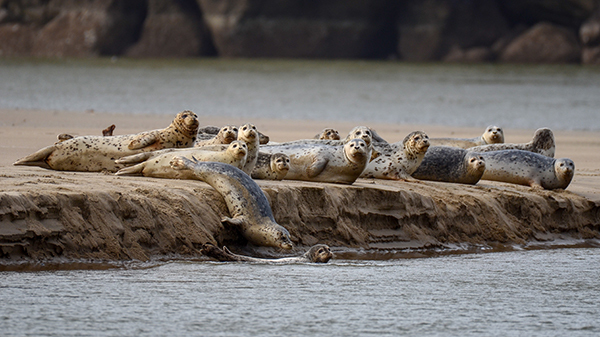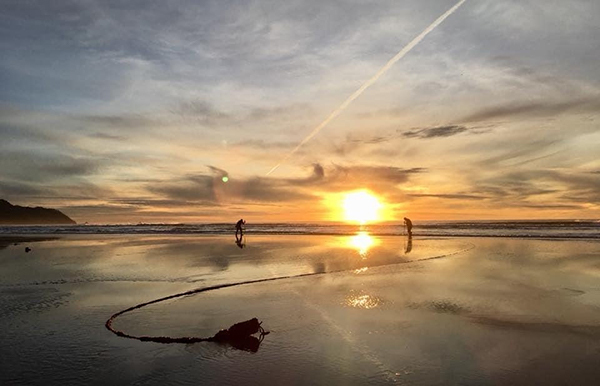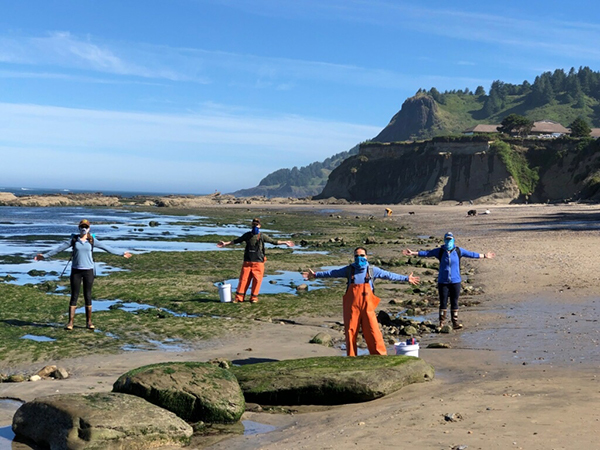Marine Reserves News: Winning photos, digging into hook-and-line data, what do coastal visitors know
ODFW sent this bulletin at 06/25/2020 12:12 PM PDT
In 2016, ODFW conducted a visitor survey at various locations along the coast, from Cannon Beach down to Port Orford (check out the report and infographic). The main goals of the survey were to assess visitors’ level of awareness about the ocean and concern for ocean issues, determine how awareness and concern varied among visitor groups, and understand how ODFW can better provide information to visitors. Recently, we revisited these survey data, using more advanced statistical methods to see if we could use visitor characteristics to predict how much a visitor knows or thinks that they know about the ocean. Based on these new analyses, we found that older visitors and those who felt more connected to nature thought that they knew more about ocean issues. But when it comes to actual knowledge about the ocean, as assessed by an ocean quiz, respondents with the highest scores were those who visited more frequently or actually live on the coast. These new results further emphasize the potential benefits of managers collaborating with locals and tapping into their knowledge to better address ocean and coastal issues here in Oregon. Read more in the Reserves News post written by Haley Epperly, the Oregon Sea Grant Policy Fellow working with us on Human Dimensions Research.
Diving Into Hook-and-Line DataThough our spring hook-and-line surveys were cancelled, our ecological team has been busy analyzing data from previous sampling years. These graphs summarize the average biomass of fish throughout the years of sampling at Cascade Head and Cape Perpetua, which were established as marine reserves in 2014. The numbers on the graph show us the average weight of fish caught per person per hour spent fishing (biomass). An increase in biomass over time may be one of the first indicators of a marine reserve effect, a change seen because of the cessation of fishing. 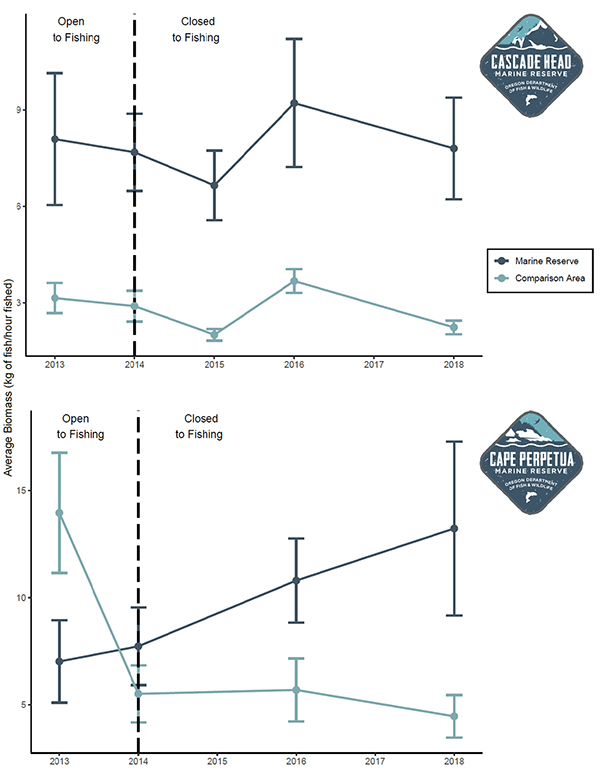 Note: Biomass scales differ between plots At both the Cascade Head and Cape Perpetua marine reserves, we see that biomass has varied from year to year. The bars around each data point show the variation in biomass caught within a given year of sampling; larger bars mean there was more variation. We also see that trends in biomass differ among the areas surveyed. At Cascade Head the change in biomass from year to year follows a similar trend between the marine reserve and comparison area (sometimes increasing, sometimes decreasing) and biomass has always been higher at the reserve than the comparison area, even before it was closed to fishing. In contrast, at Cape Perpetua, we see a different trend of increasing biomass within the reserve and decreasing at the comparison area.
We are continuing to explore if the variations seen here in fish biomass are linked to differences in habitat, community composition or ocean conditions. Continued long-term monitoring will help us understand trends in biomass over time and separate out those caused by natural ocean changes - such as those related to oceanographic conditions - from marine reserve effects. Photo Winners:
|
Our staff were excited to venture out into the intertidal this week to conduct Sea Star Wasting surveys at Otter Rock and Cascade Head. After a risk assessment and some adjustments to our field operations, our staff felt we could safely resume these surveys during the COVID-19 pandemic at this time. |
Explore More Marine Reserves News
 |

OREGONMARINERESERVES.COM
Oregon Department of Fish and Wildlife
2040 SE Marine Science Dr. Newport, OR 97365 (541) 867-4741



